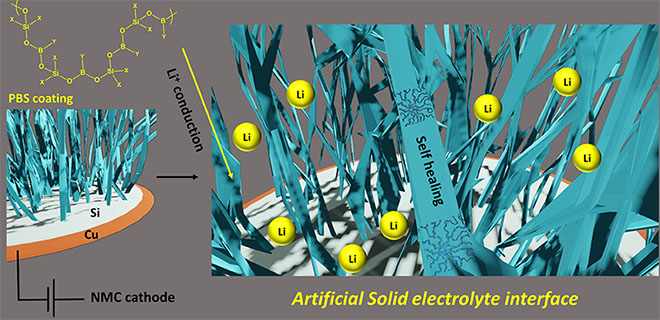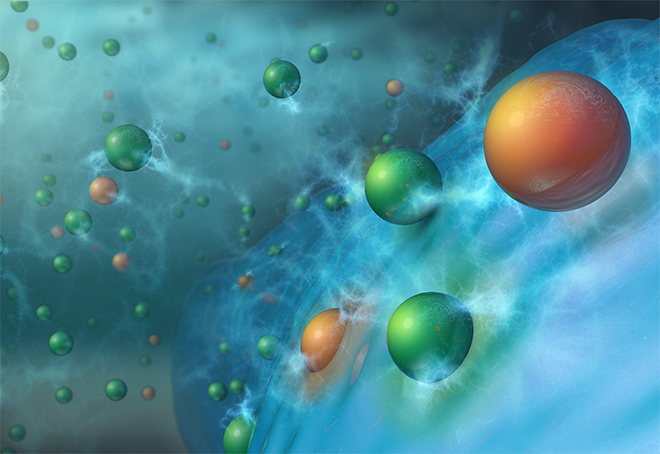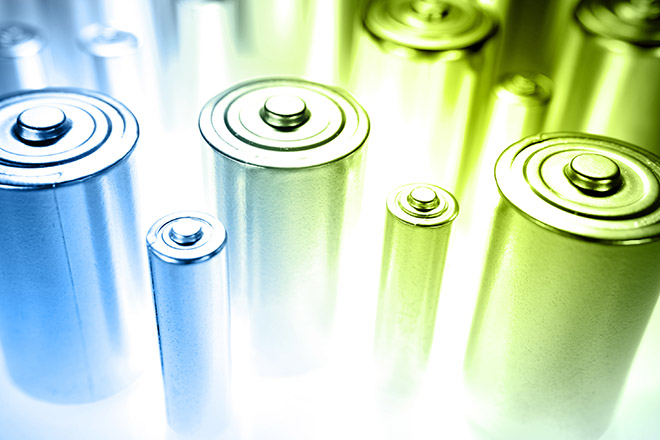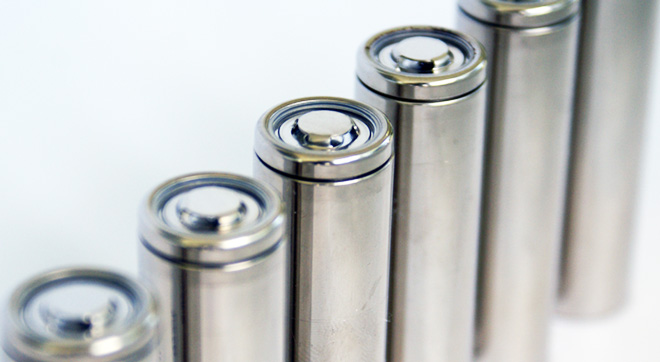BASF has introduced a new rubber binder designed for anodes, part of the company’s Licity product line. Licity 2698 X F is a styrene-butadiene rubber binder for anodes that have more than 20% silicon. The company says it has “excellent stress-strain properties and elasticity.” “Hurdles such as low range and long charging times can be… Read more »
Search Results Found For: "silicon anodes"
JAIST packs more juice into Li-ion batteries with silicon anodes and polymeric coatings
Although silicon anodes could greatly boost the capacity of Li-ion batteries, their performance rapidly degrades with use. Polymeric coatings can help solve this problem, but few studies have explored the underlying mechanisms. In a recent study, scientists from the Japan Advanced Institute of Science and Technology (JAIST) investigated how a poly(borosiloxane) (PBS) coating stabilizes the… Read more »
Nexeon acquires 24 patents for silicon anodes
Silicon anode specialist Nexeon has acquired three sets of patents relating to the use of silicon in lithium-ion battery anodes. The 24 patents cover the manufacture and use of nano-scale silicon particles, alone or combined with graphite, as well as methods for coating carbon particles with silicon using vapor deposition. The patents have global coverage,… Read more »
Dutch startup LeydenJar to open pilot plant for Li-ion batteries with silicon anodes
Dutch startup LeydenJar is opening a pilot plant to manufacture new-generation batteries that utilize pure silicon anodes, which the company says can store 50% more energy than conventional lithium batteries. LeydenJar and its development partners hope to use the pilot plant to demonstrate that batteries with silicon anodes can be manufactured for the same price… Read more »
Argonne develops electrolyte for next-gen lithium battery with silicon anodes
Researchers at the DOE’s Argonne National Laboratory have developed a new electrolyte mixture and a simple additive that could have a place in the next generation of lithium-ion batteries that feature silicon anodes. The report findings were published in July in the journal ACS Applied Materials & Interfaces. Scientists have long seen the silicon anode… Read more »
Researchers add MXene to silicon anodes, improving charge life
Researchers at Drexel University and Trinity College have found that using silicon fortified with a special type of materials called MXene in Li-ion anodes could improve charge-to-charge life of batteries. The group reports in Nature Communications that the latest Li-ion batteries on the market are likely to extend the charge-to-charge life of phones and EVs… Read more »
Wildcat Discovery granted patent for Li-ion electrolytes that improve performance of silicon anodes
Wildcat Discovery, a battery research company based in San Diego, has been granted a patent for the use of sulfolane-based electrolytes designed to improve the performance of Li-ion batteries containing silicon anodes. In 2013, the company was awarded a grant by the DOE’s Office of Energy Efficiency and Renewable Energy to develop new non-carbonate-based electrolytes… Read more »
US Army partners with Brown University to study SEI on silicon anodes
The US Army Research Laboratory (ARL) and Brown University researchers have teamed up to study the solid electrolyte interphase (SEI) layer that forms on the anodes of lithium-ion batteries, with particular emphasis on experimental silicon anodes. The Army is working to replace its alkaline and nickel-metal hydride field batteries with Li-ion batteries. “The Army is… Read more »
Researchers make a major advance in silicon anodes
Current electrode materials such as graphite are able to stably adsorb only a limited number of lithium ions, an inconvenient truth that restricts capacity. That’s why researchers around the world are investigating semiconductor materials such as silicon as alternative electrodes. Bulk silicon is able to accommodate enormous quantities of lithium, but the migration of the… Read more »
Graphene cages could be the key to silicon anodes
Battery boffins are buzzing about silicon anodes, which could store up to 10 times more energy than today’s anodes. The catch is that silicon particles tend to swell and crack during cycling, and to react with the electrolyte in unwanted ways. Now a team from Stanford University and the Department of Energy’s SLAC National Accelerator… Read more »














